RETINA SERVICES
Introduction: The retina, a crucial component of the eye, serves as the light-sensitive lining on its inner surface. This specialized tissue plays a pivotal role in transmitting visual information to the brain through the optic nerve. Central to the retina’s functionality is the macula, which holds the responsibility for enabling focused vision, reading fine print, and perceiving an array of colors.
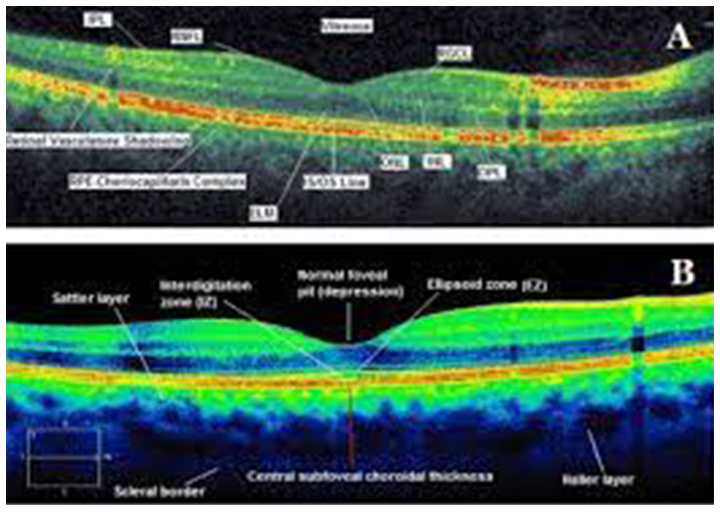
The Role of the Retina: Situated within the eye, the retina undertakes the crucial task of capturing light and transforming it into neural signals that can be comprehended by the brain. This light-sensitive layer consists of intricate cells that collaborate to interpret visual stimuli and relay them to the brain’s visual processing centers. Of particular significance is the macula, positioned at the retina’s center, allowing us to engage in tasks requiring sharp and detailed vision, such as reading and appreciating a full spectrum of colors.
Significance of Treatment:
Retinal diseases encompass a spectrum of disorders that often share common symptoms but exhibit distinct characteristics. Each disorder poses a unique set of challenges, necessitating tailored treatment approaches. The primary objective of interventions targeting retinal diseases is to arrest or decelerate the progression of the ailment. Concurrently, these treatments aim to safeguard, enhance, or even reinstate visual acuity, contributing to an improved quality of life for affected individuals.
Conclusion:
In essence, the retina stands as a crucial gateway through which the visual world is perceived and interpreted. With the macula as its focal point, enabling activities that demand precision and color perception, the significance of maintaining retinal health cannot be overstated. The realm of retinal disease treatments strives not only to mitigate the advancement of these ailments but also to safeguard and potentially restore the gift of vision. Through targeted interventions, those grappling with retinal disorders can aspire to preserve and enhance their visual capabilities, ultimately enriching their overall well-being.
Retinal Occlusions
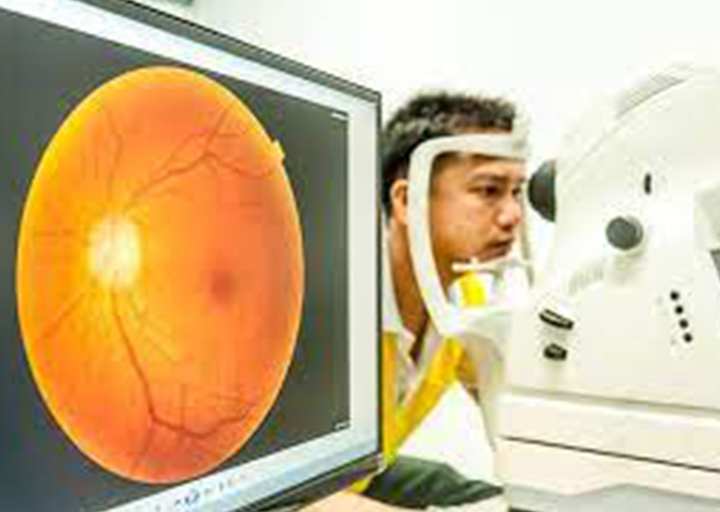
Age-Related Macular Degeneration (AMD):
Age-related macular degeneration, commonly referred to as AMD, is a prevalent condition affecting individuals typically aged 50 and above. This progressive disease often manifests in both eyes, gradually compromising central vision. The impact of AMD is most noticeable during activities like reading, driving, and watching television. It's crucial to clarify that while macular degeneration leads to central vision loss, peripheral vision remains unaffected.
The majority of cases, approximately 90%, fall into the dry form of AMD. Progression in this type is slow, with severe vision impairment being rare. Regrettably, treatment options for this variant are limited.
Less than 10% of individuals experience the wet form of AMD. In this scenario, abnormal "leaky" vessels develop between retinal layers, leading to rapid central vision loss over a short span of weeks to months.
Branch Retinal Artery Occlusion (BRAO): Branch Retinal Artery Occlusion, or BRAO, occurs when retinal arteries become obstructed due to factors like fat deposits or blood clots. The risk of BRAO is elevated in individuals with hardened arteries in the eye or when a clot from another part of the body travels to the eye. Various methods, including ocular massage, carbon dioxide re-breathing, and other interventions, are employed to restore blood flow to the eye.
Branch Retinal Vein Occlusion (BRVO): BRVO results in central vision loss when retinal veins responsible for nourishing the macula are blocked. The macula's role in central vision makes this loss particularly impactful. Roughly 60% of those affected also experience swelling in the central macular vision area, which may persist for about a year in a portion of cases.
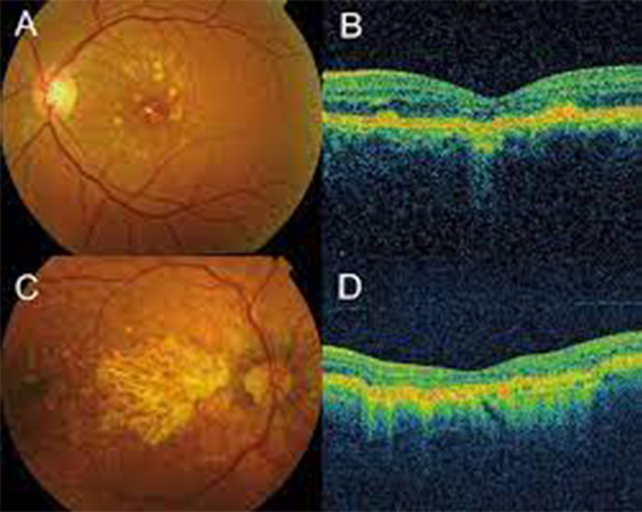
Central Retinal Artery Occlusion (CRAO): CRAO leads to diminished central vision, with the ability to perceive shapes and movements but not intricate details. Although a minority of patients (5-10%) might regain some useful vision with appropriate treatment, most will only recover side vision, not central vision. Thrombosis, characterized by abnormal blood clot formation, is the primary cause of CRAO, effectively obstructing the retina's main artery and resulting in sudden painless vision loss.
Central Retinal Vein Occlusion (CRVO): CRVO is often linked with hypertension and diabetes, though it can also affect otherwise healthy eyes. It involves the blockage of the main retinal vein as it enters the eye through the optic nerve. Sudden, painless vision loss is a common symptom. Regular eye check-ups are crucial to prevent the development of neovascular glaucoma, a painful type of glaucoma that can arise as a complication.
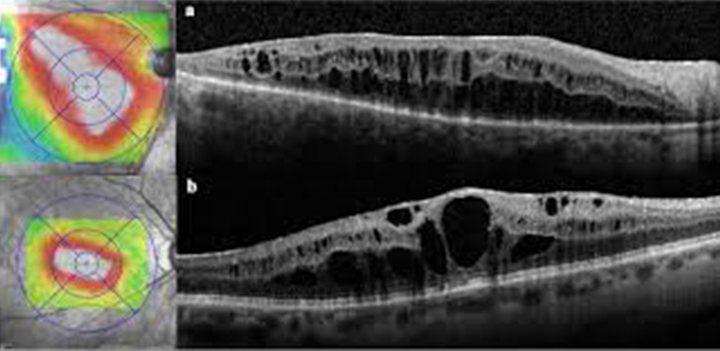
Diabetic Retinopathy:
A leading cause of adult-onset blindness, diabetic retinopathy, can be mitigated through early detection. Regular vision checks are recommended for individuals with diabetes to prevent vision loss. Panretinal photocoagulation (PRP), involving laser treatment, aims to reduce the retina's oxygen demand and destroy abnormal blood vessels, thereby decreasing the risk of severe vision loss by half.
Retinal Detachment:
Retinal detachment, a serious issue, necessitates prompt treatment to avoid blindness. Symptoms include flashing lights, floating objects, and disturbances in vision. Aging leads to changes in the vitreous, potentially causing retinal tears due to its shrinking and altered consistency.
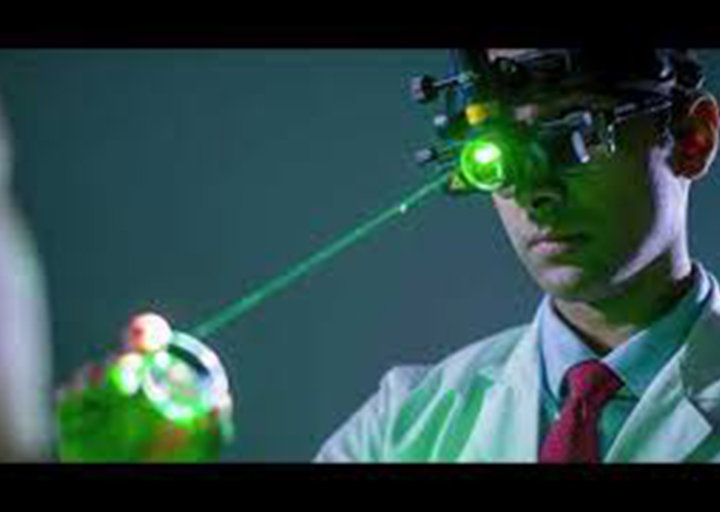
Vitreous Hemorrhages:
Vitreous hemorrhages, resulting from factors like retinal tears, vascular abnormalities, or diabetes, can obstruct light and compromise vision. A vitrectomy, which involves the removal of the vitreous, can restore vision and is commonly performed for various retinal conditions.
In understanding these common retinal conditions and their treatment approaches, individuals can take proactive steps towards preserving their vision and seeking timely intervention when needed. Regular eye examinations and awareness of symptoms are crucial in maintaining ocular health and preventing severe vision impairment.

